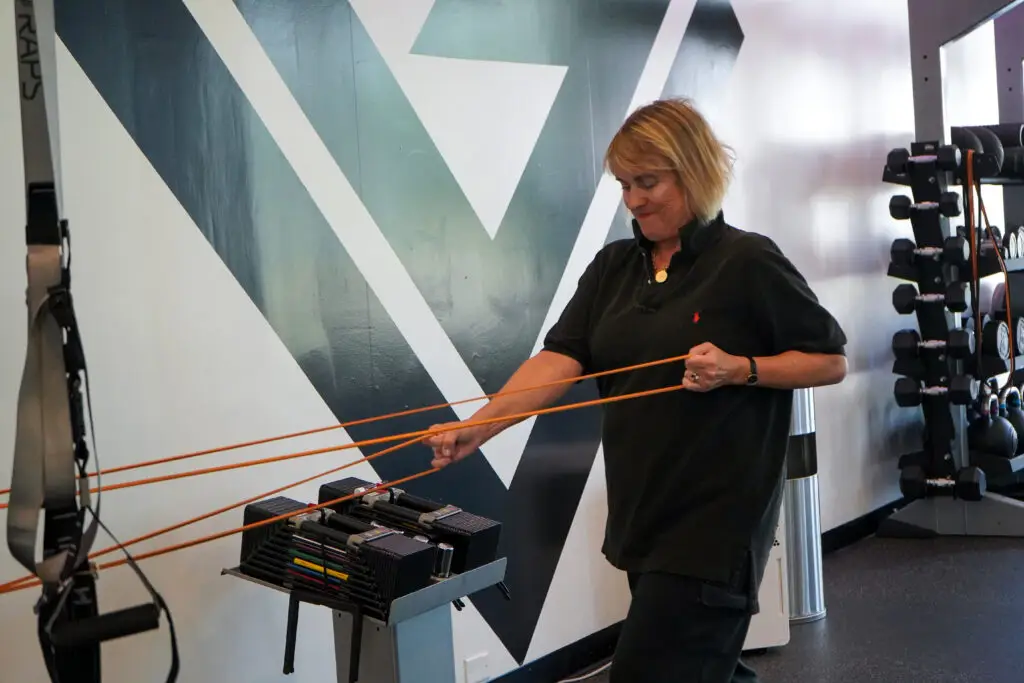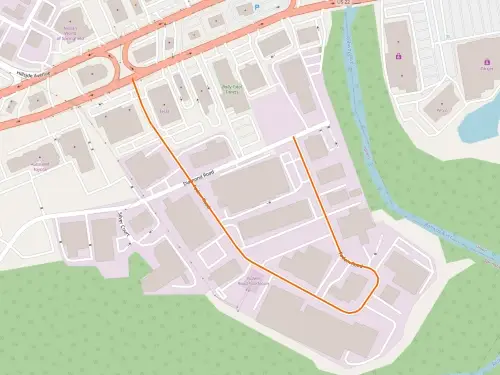Strength Training Over 40: How to Lift Pain-Free
Many adults over 40 hesitate to lift weights due to joint pain, past injuries, or fear of getting hurt. However, avoiding strength training can actually make joint pain worse—because weak muscles don’t properly support your joints.
💡 The key isn’t avoiding movement—it’s choosing the right exercises, using proper form, and making smart modifications to train safely.
In this guide, we’ll cover:
✅ Why strength training is essential for joint health
✅ The most common mistakes that cause joint pain
✅ The best pain-free strength exercises for adults over 40
Why Strength Training is Essential for Joint Health
If you experience knee, back, or shoulder pain, you might assume that lifting weights will make it worse. But research shows that proper strength training can actually reduce joint pain, strengthen connective tissue, and improve mobility (Fransen et al., 2015).
Here’s why:
✅ Stronger Muscles = Less Joint Stress
Your muscles act like shock absorbers for your joints. If they’re weak, your joints take more impact, leading to pain and stiffness. Strength training reinforces these muscles, reducing strain on your knees, hips, and shoulders.
✅ Better Mobility & Flexibility
Unlike high-impact cardio (like running), controlled strength training improves mobility and flexibility, helping prevent stiffness and injury.
✅ Increases Bone Density & Prevents Osteoporosis
Weight-bearing exercises stimulate bone growth, making them crucial for adults over 40 to prevent osteoporosis and fractures.
Common Strength Training Mistakes That Cause Joint Pain
❌ Lifting Too Heavy, Too Soon – Your joints need time to adapt. Start light and gradually increase weights.
❌ Using Poor Form – Bad posture, fast reps, or improper angles can cause unnecessary joint stress. Focus on slow, controlled movements.
❌ Skipping Warm-Ups – Going from zero to lifting weights without proper activation can shock your joints. Always warm up properly before lifting.
❌ Ignoring Recovery – Joint pain often comes from overuse, not just exercise. Give your body time to recover between sessions.
Best Joint-Friendly Strength Training Exercises
💡 The best exercises strengthen muscles while reducing joint strain.
Lower Body: Pain-Free Leg & Hip Exercises
✅ Goblet Squat – Keeps weight in front, reducing knee stress
✅ Romanian Deadlift – Strengthens glutes & hamstrings, protecting the lower back
✅ Step-Ups – Single-leg work improves stability without excessive knee strain
✅ Glute Bridges – Strengthens hips & lower back without pressure on knees
Upper Body: Shoulder & Elbow-Friendly Movements
✅ Landmine Press – Allows natural shoulder movement, reducing impingement risk
✅ Suspension Rows (TRX Rows) – Strengthens back without stressing the shoulders
✅ Neutral Grip Dumbbell Press – Less strain on shoulders than a barbell press
✅ Banded Face Pulls – Strengthens rear delts & posture muscles to reduce shoulder pain
Core & Stability: Protecting the Spine
✅ Suitcase Carries – Strengthens core & grip while improving posture
✅ Dead Bug Exercise – Trains core stability without straining the lower back
✅ Pallof Press – Strengthens core muscles that protect the spine
How to Modify Strength Training for Joint Health
💡 If you experience joint pain, don’t stop training—modify your workouts!
🔹 Lower Impact Variations: Instead of barbell squats, try goblet squats. Instead of push-ups, try incline push-ups.
🔹 Use Resistance Bands: Bands reduce joint compression while still building strength.
🔹 Focus on Unilateral Exercises: Single-leg and single-arm exercises improve balance and joint stability.
🔹 Prioritize Recovery: Stretching, mobility work, and proper nutrition help your joints recover faster.
The Bottom Line: Train Smart, Lift Pain-Free
Strength training is one of the best things you can do to improve joint health, as long as you train smart and use the right exercises.
💡 Action Steps for This Week:
✅ Swap high-impact movements for joint-friendly alternatives
✅ Focus on slow, controlled reps with proper form
✅ Strengthen stabilizer muscles with single-leg and core exercises
📍 P.S. Want a personal trainer to build a pain-free strength plan for you? Click here to get started.














